#water fauna
Explore tagged Tumblr posts
Text
Lauren Magliozzi: Urban wildfires disrupt streams and their tiny inhabitants − losing these insects is a warning of bigger water problems
A tiny, vibrant world thrives along the rocky bottom of most streams. As sunlight filters through the water, mayfly nymphs, no larger than your fingernail, cling to algae-coated cobbles. Their brushlike mouthparts scrape the greenish coating, leaving faint trails as they feed. Six spindly legs anchor them against the current, while feathery gills wave gently, drawing oxygen from the flowing…
#Amphipod#Crayfish#insects#Lauren Magliozzi#Mayfly#streams#toxic chemicals#Urban Wildfires#water conservation#water fauna#water pollution#wildfires
12 notes
·
View notes
Text
#amazing nature#nature is beautiful#nature video#nature#nature photography#landscape#water#cliffs#coast#waves#ocean#sea#beach#sea shore#fauna#wild birds#birds
2K notes
·
View notes
Text


instagram.com/p/C9uG9Dhv7JP/?igsh=MXZmbHlkZzhpNTd0NQ==
3K notes
·
View notes
Text

#art#nature#photography#photographers on tumblr#tumbrl#sunrise#sunset#sky#sunshine#sun#flora and fauna#flowers#trees and forests#trending#travel#explore#road house#happy#awesome#moon#paradise#pastel#perfection#digital art#aesthetic#artwork#original art#online#adventure#water
1K notes
·
View notes
Text





Some Thanator sketches as requested by @sarentuclan! I hope you like them! I used in game photos from AFoP as a reference, particularly the ones by @visionsofpandora. I hope that was okay?
#para’s art#avatar#avatar frontiers of pandora#pandora fauna#thanator#palulukan#avatar 2009#avatar 2022#avatar the way of water#avatar fanart
181 notes
·
View notes
Text



A Dive into the Diving Spider
The diving spider, or water spider (Argyroneta aquatica) is perhaps one of the most unique arachnid species on Earth, noted for living almost entire life completely underwater. This species is found throughout northern Europe and Asia in clear freshwater ponds, lakes, wetlands, and slow-moving rivers with lots of aquatic vegetation.
Like other spiders, the water spider does breathe air. When submerged, specialized hydrophobic hairs create an air bubble attached to its abdomen, which allows the spider to store oxygen while moving around underwater. In addition, these spiders build a web known as diving-bell webs. These webs, constructed of spider silk, are constructed underwater, and supplied with air bubbles from the surface. A. aquatica spends most of its time in these webs, leaving only to replenish its air supply-- about once every 24 hours-- or to find prey.
The diving bell spider's prey are, unsurprisingly, primarily insects. In particular they feed on water fleas, aquatic isopods, insect larvae, and small crustaceans like shrimp. Individuals catch their prey by hiding inside their webs until prey trips one of the trip-wires constructed in the surrounding vegetation. They then surge out, seize their prey, and drag it back into the air-filled web where the spider can digest it. Predators of water spiders include aquatic beetles, dragonfly larvae, and frogs. Fish can also predate upon water spiders, but they are usually scarce due to the low aquatic oxygen environment in which the spiders live.
Ordinarily, A. aquatica is a fairly plain, brown spider. Males are slightly larger than females; 18.7 mm (0.74 in) to their 13.1 mm (0.51 in) in length; this is a rare phenomenon in spiders, as females are typically larger. Males also have a longer pair of front legs. However, females were found to construct much larger nests, as they must also provide space for their eggs and young.
When a male is ready to mate, which occurs during spring, he will construct several sperm packages that he holds in his palps, or mouth appendages, while he seeks out potential mates. If he finds a receptive mate, the two will engage in a swimming ritual around her web before he gives her one of his sperm packages. Afterwards, the female constructs a sac with 50-100 eggs; she may do this up to 6 times throughout a single year. The eggs hatch 3-4 weeks after laying, and the offspring remain in the nest for another 2-4 weeks. Individuals typically become sexually mature not long after, and may live up to 2 years in the wild.
The water spider can deliver a painful bite, with symptoms of inflammation, vomiting, and fever lasting 5-10 days. However, the bite is not known to be fatal to humans.
Conservation status: The diving bell spider has not been evaluated by the IUCN. The primary threat is likely habitat destruction, although at least one area in South Korea has been designated specifically as protected habitat for the species.
Want to request an uncharismatic critter? Just send me proof of donation to any of these vetted fundraisers for Palestinian refugees!
Photos
Stephan Hetz
#water spider#diving bell spider#Araneae#Dictynidae#spiders#arachnids#arthropods#invertebrates#freshwater fauna#freshwater arthropods#freshwater invertebrates#lakes#lake arthropods#lake invertebrates#wetlands#wetland arthropods#wetland invertebrates#europe#asia#northern europe#northern asia#animal facts#biology#zoology#ecology
186 notes
·
View notes
Text





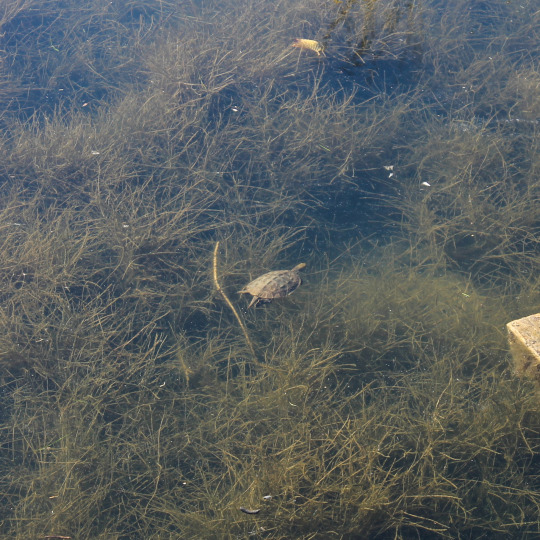
November 2024
The everyday life of Caspian turtles, striped-neck terrapin (lat. Mauremys caspica)🐢
Будничная жизнь каспийских черепах (лат. Mauremys caspica)🐢
#noseysilverfox#photography#nature#naturecore#turtles#wild animals#wildlife photography#wildlife#animals#water element#lake#turtle lake#flora and fauna#walking in nature#дикая природа#природа#черепахи#животный мир#фотографии природы#вода#фауна#любовь к жизни#фотоблог#фотография#фотографии на тумблере#tumblr photographer#original photography blog#fotografía original
103 notes
·
View notes
Text
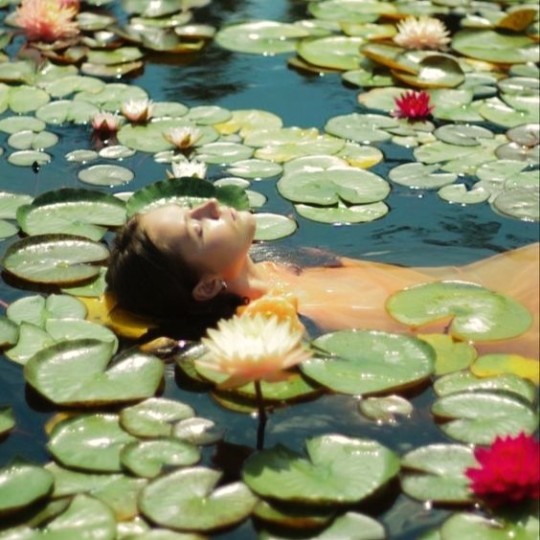

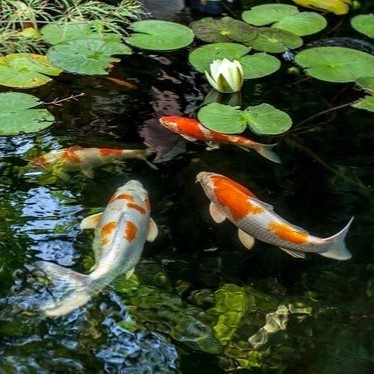
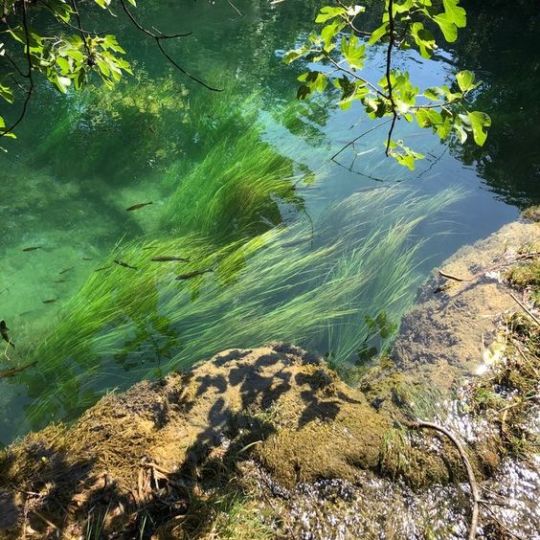

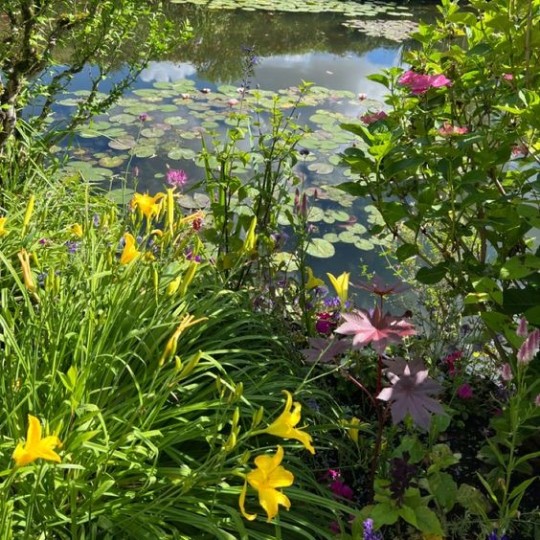
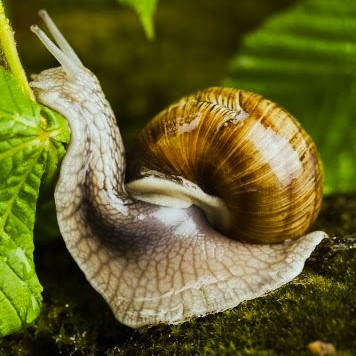

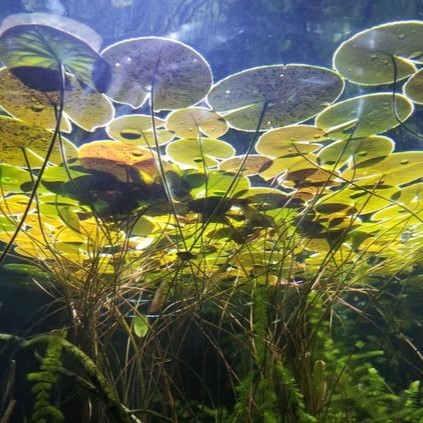
#naturecore#pond life#waterscape#water plants#water garden#lily pads#water flowers#watercore#lily pond#mermaid#mermaid vibes#underwater life#water aesthetic#ponds#aesthetic#water#lillies#water lily#plants#underwater plants#fish#koi fish#frog#snails#rain snail#lotus#lotus flower#water flora#flora#fauna
281 notes
·
View notes
Text


249 notes
·
View notes
Text





Big pelican love
Sebastian Inlet, FL - Nov 24
#nature#fauna#water bird#brown pelican#shoreline#coast#winged#feathered#flying#ocean#original photography#photographers on tumblr
77 notes
·
View notes
Text




WaterRing
398 notes
·
View notes
Text




Goth Fauna REAL
371 notes
·
View notes
Text
Avalanche In The Tropics

Nymphaea avalanche ‘Lilac’ looking great after a passing shower in the Water Lily Garden in Jurong Lake. Photo credit: Jonathan Chua.
#photographers on tumblr#flora fauna#flora photography#flower pics#lumix photography#Nymphaea avalanche 'lilac'#panasonic lumix dc-s1#sigma 18-300mm#water lily photos
89 notes
·
View notes
Text

The not so lil baby zakru in the heart of the plains 😍
#zeswa clan#avatar 2009#avatar frontiers of pandora#james cameron avatar#virtual photography#avatar pandora#avatar the way of water#flora and fauna
67 notes
·
View notes
Text
Neytiri’s Selfcare Day Headcanon
Authors Note: Found this in my drafts with some dust collecting lol
Neytiri’s self care day:🦋✨🌱🥭🌲🍯

It’s rare enough for Neytiri to get a day of solitude let alone the time to take extra care of herself away from the kids
She feels guilty at first when she leaves Jake alone with all of them, but he constantly reassures her to go for the day and enjoy herself
She starts off with a hunt. Nothing makes her feel more exhilarated than going back to her roots as a hunter
She typically cleans herself in the communal hot springs on busy days with the clan, even though the family of the Olo’eyktan has a private spot
She makes use of the privacy for once and brings all her salves and scrubs
She loves exfoliating her scalp with a homemade scrub, and then lathering her braids with liquid from the Panopyra plant
She decides that if she’s going to really take care of her hair, she might as well just unbraid her luxurious locks and really get into it
She loves using the healing rose oil to care for her braids and rub gingerly onto her scalp helping to lock in the moisture
She uses the humid air to air dry her hair which is quite wavy out of her braids
She’ll go and find a giant tree branch in the canopy after collecting some fruits and just sit there for a bit enjoying the sounds of the jungle
She snacks on bananafruit, bladder polyps she packed earlier, and some episoth seeds
She can’t help herself and thinks about the kids so she ends up collecting a bunch of rocks that remind her of them
She will take her time rebraiding her hair gently weaving it all together. After she’s done she’ll finish up with some more oil like Lionberry oil to keep her hair shiny and healthy
She loves the Forest Hive Nectar. Clear in color and floral in scent, it makes an excellent moisturizer when combined with some ground up dried Vineshrooms to make a paste, and will rub it into her skin all over her body and face which acts as a nice moisturizer. It has a nice minty smell to it
After a little nap she collects some herbs for her mother and Kiri smiling about it as she harvests them and makes her way back home feeling relaxed and rejuvenated
#mine#avatar explore page#avatar edits#new avatar blog#avatar for you#avatar fics#avatar 2009#avatar the way of water#new avatar writer#new writer#avatar headcanons#my headcanons#my writing#avatar writing#Neytiri#Neytiri writing#Neytiri fyp#neytiri headcanons#neytiri edit#neytiri sully#neytiri te tskaha mo'at'ite#avatar writers of tumblr#avatar fyp#avatar community#avatar world building#writing#all flora and fauna mentioned are canon#however their purposes are curtesy of my artistic license#to the person who goes into peoples posts and corrects and criticizes them for no good reason#and when no one asked
67 notes
·
View notes
Text

Green Tree Python
GIF by batman4evah (ghost blog)
#snake#green tree python#python#green#gif#giphy#batman4evah#tongue#wet#water#water drops#fauna#animal#reptile
26 notes
·
View notes